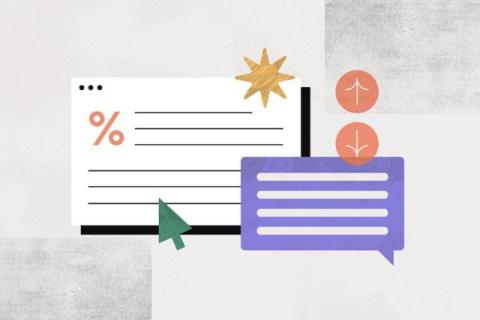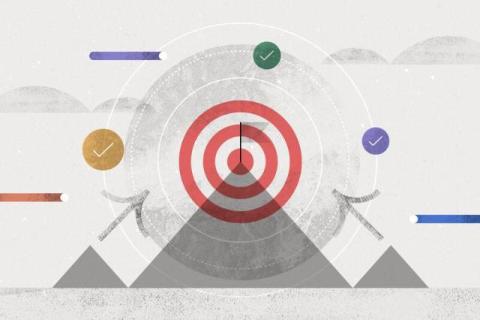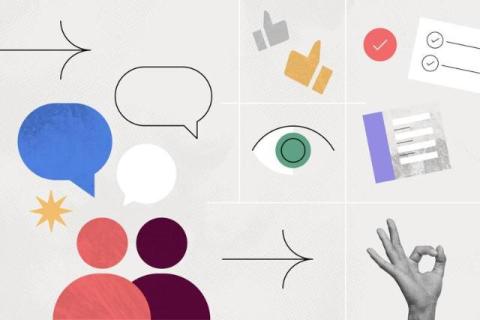15 creative elevator pitch examples for every scenario
A good elevator pitch can be the difference between landing your next big opportunity or falling short of the competition. But the reality is, people want to have meaningful conversations without the forced sales pitch. So how do you pitch yourself during a job interview or client meeting with authenticity? We’ve put together 15 creative elevator pitch examples that will help you nail your next client meeting or virtual networking event.









